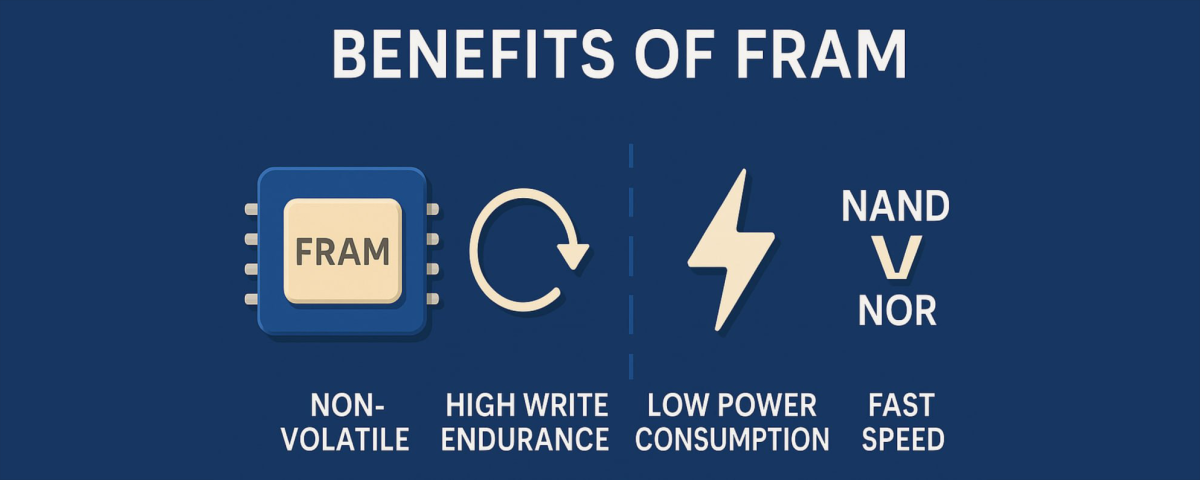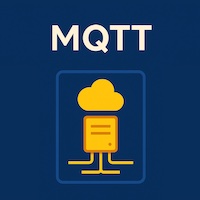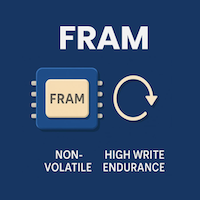The Hero of Memory Technology

When it comes to non-volatile memory, NAND Flash and NOR Flash are the names that typically dominate discussions. However, there is a lesser-known, yet incredibly powerful technology making its quiet but profound impact in industries demanding ultra-high endurance: Ferroelectric RAM, or FRAM.
The Challenge of Frequent Data Cycles
Modern applications often demand memory solutions capable of enduring millions, even billions, of write and read cycles. Examples include industrial automation, sensor logging, energy metering, and IoT devices, where data is continually updated and stored. Traditional NAND Flash and NOR Flash, while offering large storage capacities, are limited by their finite write-erase cycles. NAND Flash typically withstands around 10,000 to 100,000 program-erase cycles per block, while NOR Flash can manage up to 100,000 cycles. In applications requiring persistent high-frequency memory access, these limitations present serious reliability concerns and maintenance challenges.
FRAM: A Better Solution for High-Endurance Applications
FRAM addresses these challenges with remarkable efficiency. Utilizing a ferroelectric layer instead of a traditional dielectric layer, FRAM offers the following significant advantages:
- Virtually Unlimited Endurance: FRAM can endure up to 10¹¶ or even 10¹· write cycles, far exceeding the limits of NAND and NOR Flash memories.
- Instant Non-Volatility: Data written to FRAM is immediately non-volatile without the need for complex programming algorithms or charge pumps.
- Low Power Consumption: FRAM requires significantly less energy to write data compared to Flash memories, making it ideal for battery-powered and energy-harvesting devices.
- High Write Speeds: Unlike Flash technologies, FRAM can write data at bus speeds, with no delays for page programming or sector erasing.
FRAM vs. NAND and NOR: Practical Use Cases
In applications where data integrity is paramount and frequent memory operations are unavoidable, FRAM becomes an indispensable choice. For instance:
- Industrial Automation: Machines constantly recording operational parameters benefit from FRAM's endurance and speed, avoiding costly downtimes due to memory failure.
- IoT Devices: Smart sensors and gateways frequently logging environmental or operational data require a memory solution that won't degrade over time.
- Energy Metering: Electricity meters storing usage data at short intervals leverage FRAM to ensure data reliability without excessive power consumption.
- Medical Devices: Patient monitoring systems rely on high-speed, reliable memory to store critical data without risking data loss.
The Future with FRAM
While NAND and NOR Flash will continue to hold their ground in bulk storage and firmware applications, FRAM's exceptional endurance, low power demands, and fast operation make it the silent guardian of critical real-time systems. As technologies evolve towards more autonomous, intelligent, and data-driven operations, FRAM is poised to become an essential element in building resilient, reliable embedded systems.
Conclusion
In a world where the cost of memory failure can be catastrophic, choosing FRAM is not just a technical decision — it is a strategic investment in reliability and longevity.
Explore more
Need any help in IoT?
Need any help in IoT? An Atreyo expert identify the right solution for your needs.
If ready to talk to an Atreyo expert
Interested in IoT products? go to







